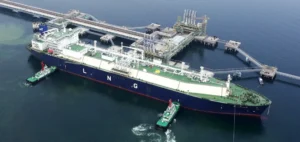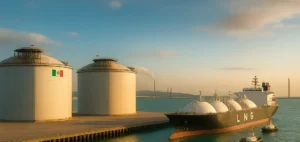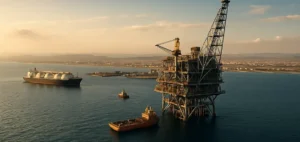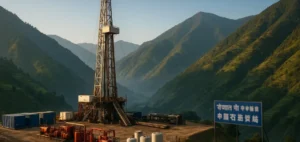Norway’s gas exports to continental Europe and the UK remained strong in March, according to data from S&P Global Commodity Insights.
Norway, a reliable gas supplier for Europe despite technical and economic challenges
Despite a slight decrease in exports from the previous year, with 9.71 billion cubic meters delivered, they were still above the five-year average for the month of 9.65 billion cubic meters. Norway is committed to ensuring stable gas deliveries to Europe, in particular to counter the impact of reduced Russian supplies.
Norwegian gas production is expected to decrease in April due to seasonal maintenance, which could reduce capacity by 100 million cubic meters/day on some days in mid-April. However, the Dvalin field operated by Wintershall Dea is expected to resume production at the end of April with its technical capacity of 9 million cubic meters/day. The field had briefly resumed in February but was closed again due to technical problems with the choke valves.
Norway is currently the largest single source of gas supply to Europe after the sharp reduction in Russian exports in 2022. The Norwegian Petroleum Directorate (NPD) has predicted that Norwegian gas production will remain stable in 2023 before reaching a new peak of 122.5 billion cubic meters in 2025. Norwegian Prime Minister Jonas Gahr Støre has pledged to maintain a high level of gas production for the next five years to ensure that Norway remains a reliable supplier of gas amid the ongoing energy crisis.
Norwegian gas flows traditionally directed to several European countries
The President of the European Commission, Ursula von der Leyen, stressed the importance of Norway’s energy, calling it a “cornerstone” of the EU’s energy supply. Norwegian pipeline gas flows traditionally land at terminals in the UK, Belgium, France, the Netherlands and Germany. However, since November, gas has also been entering the Danish network at Nybro as part of the 10 billion cubic meters/year Baltic Pipe project to Poland.
Despite fluctuations in exports due to planned and unplanned shutdowns, Norway’s gas exports remain robust. The country is taking steps to maintain operational stability and maximize exports to meet the strong demand for gas in Europe.





















